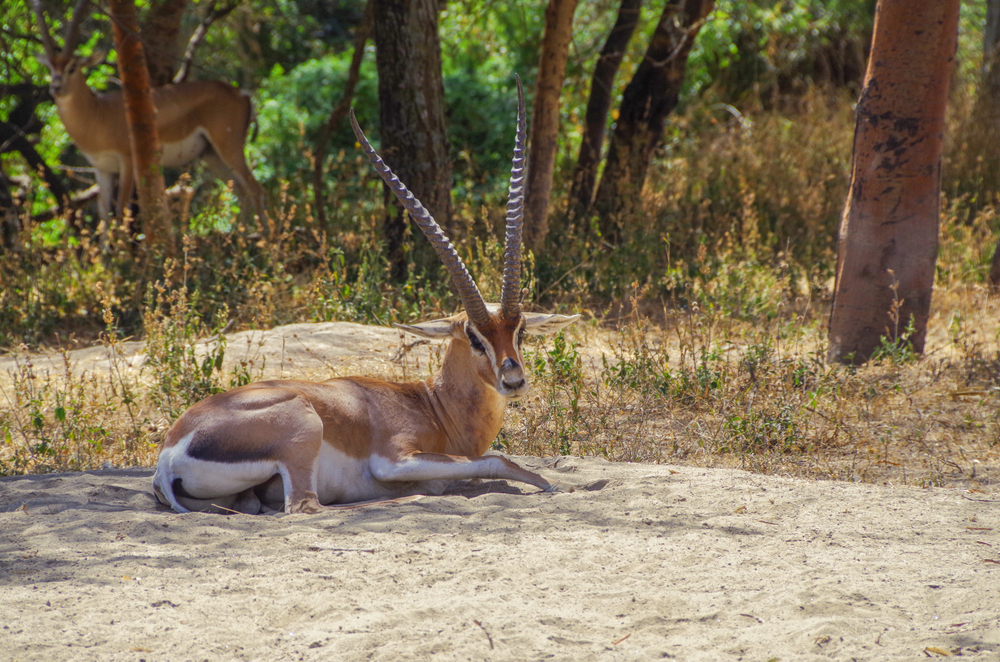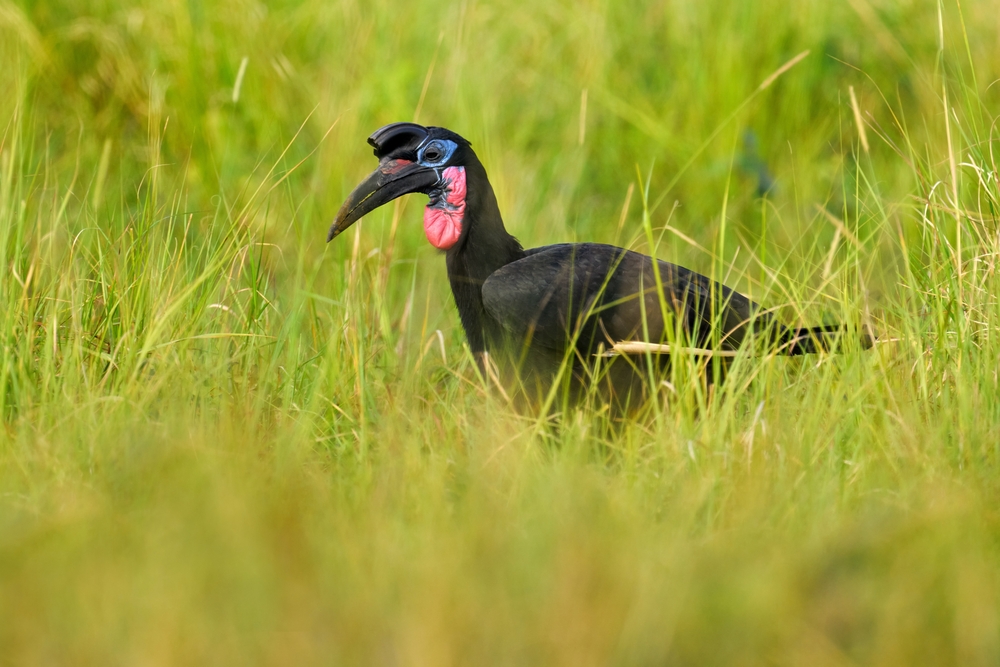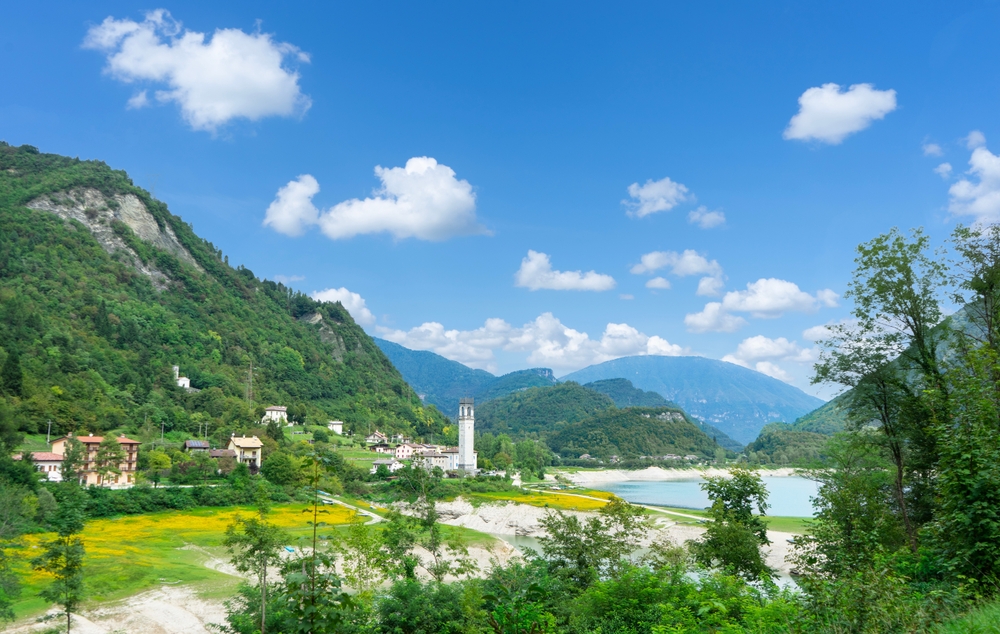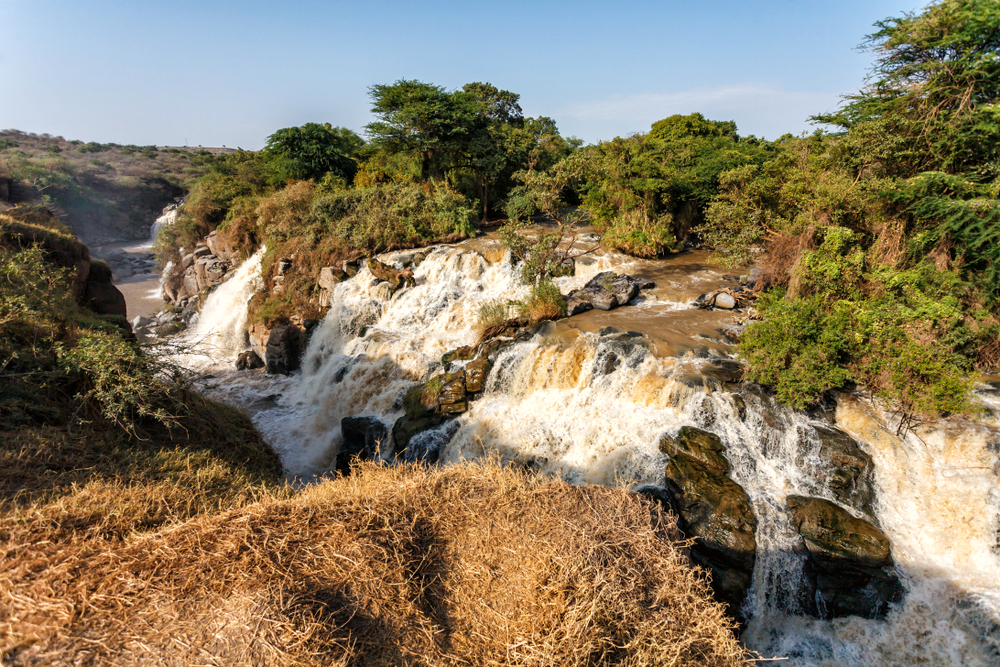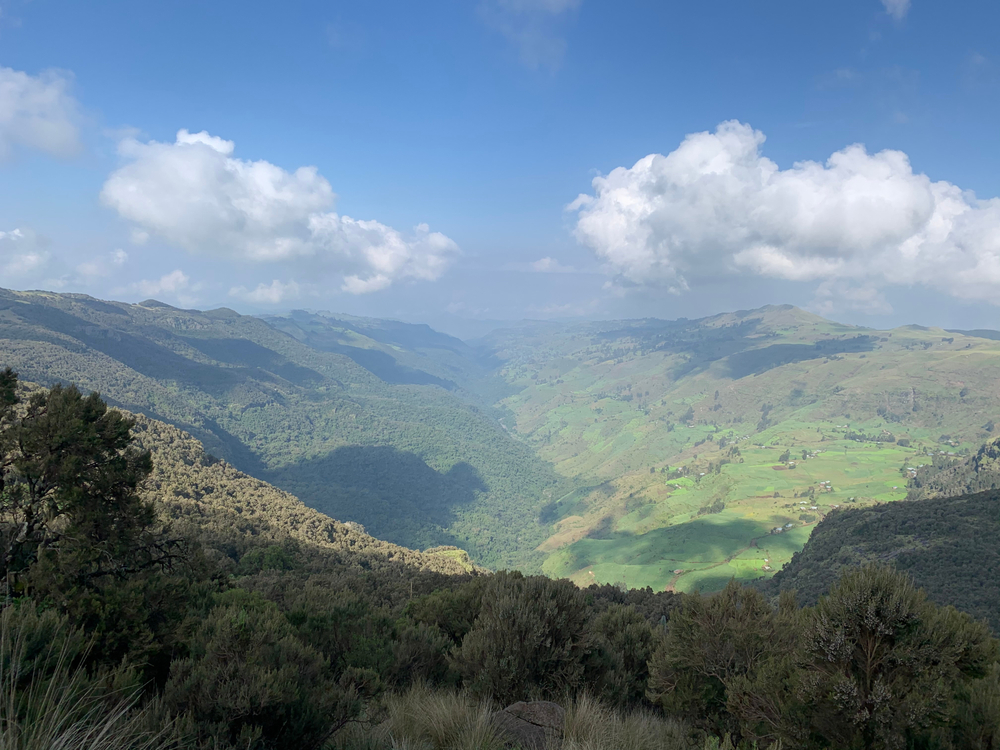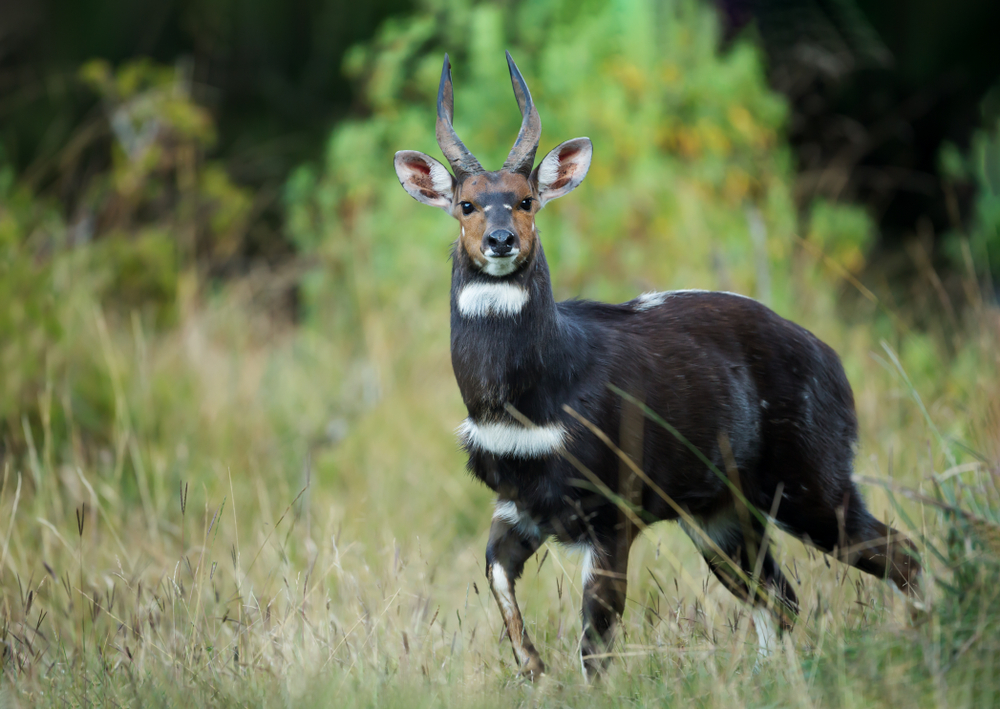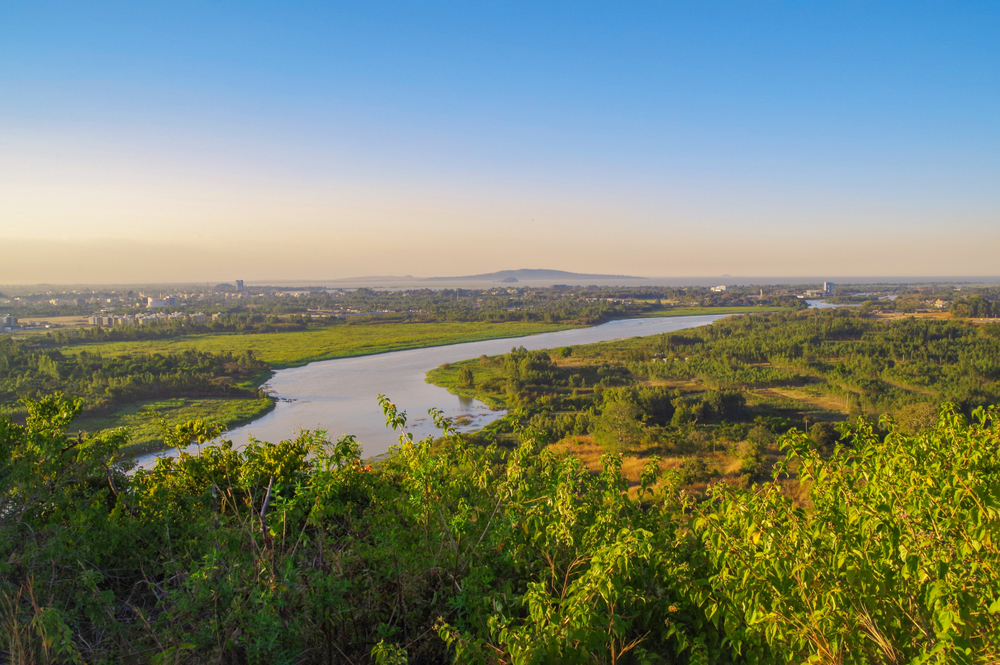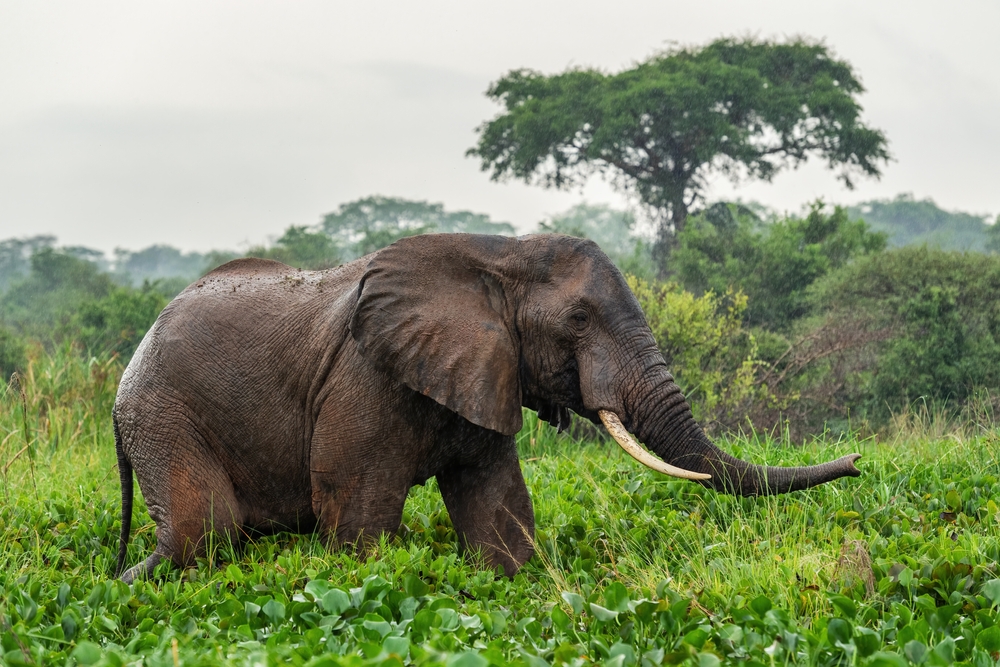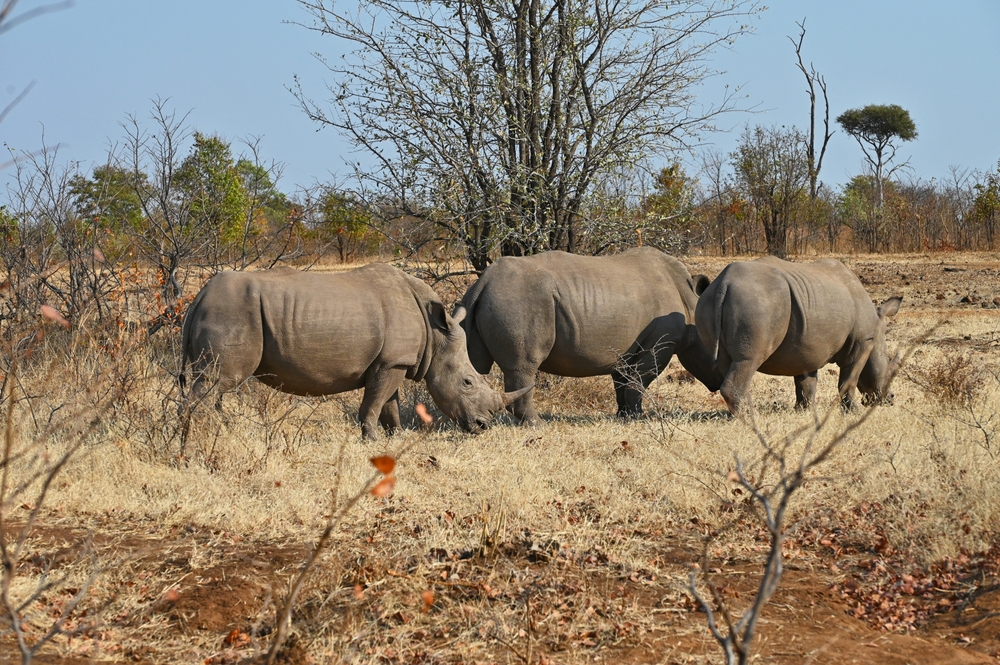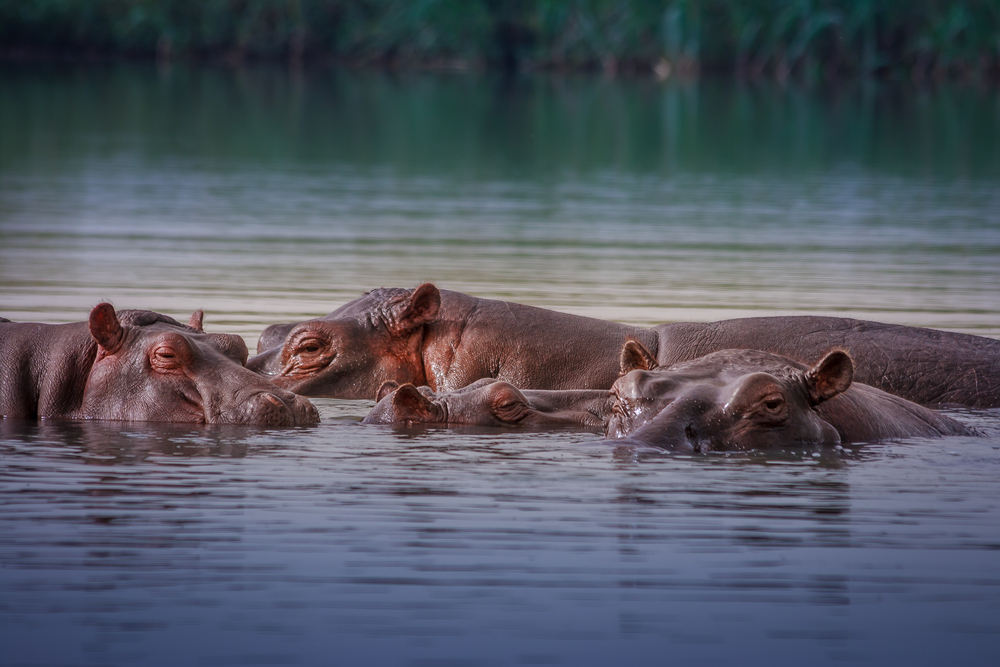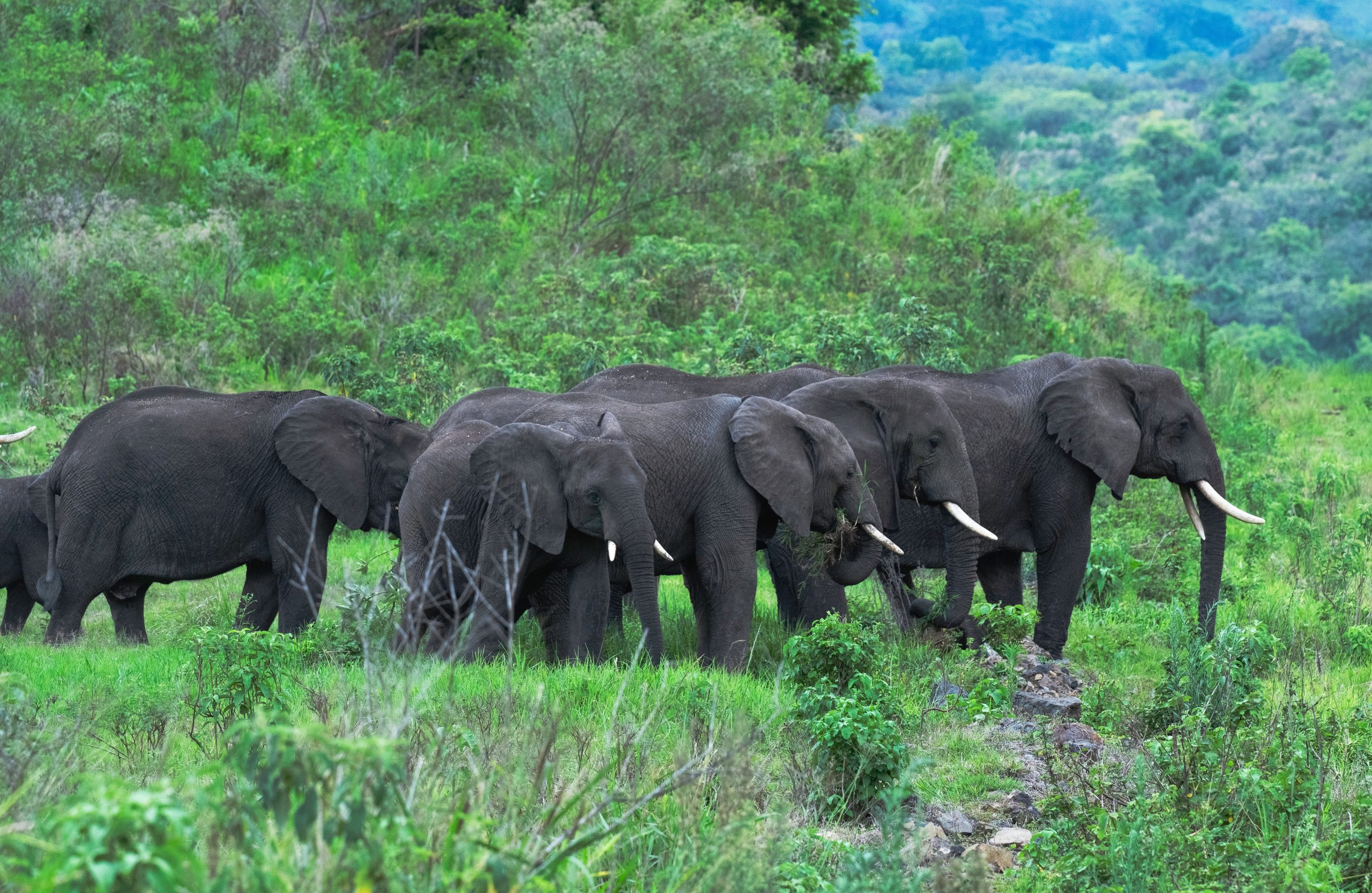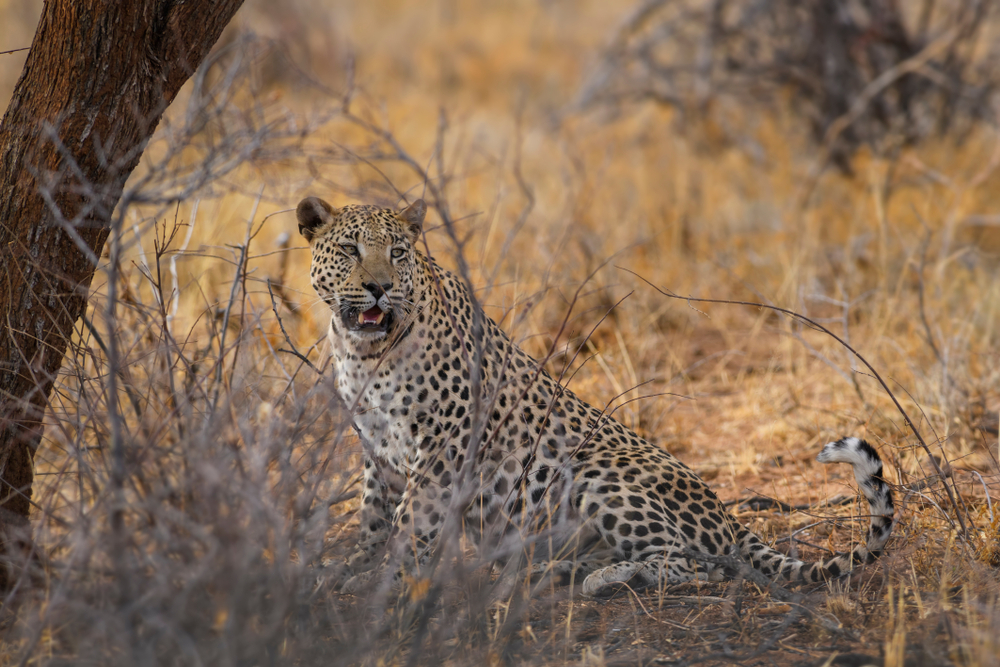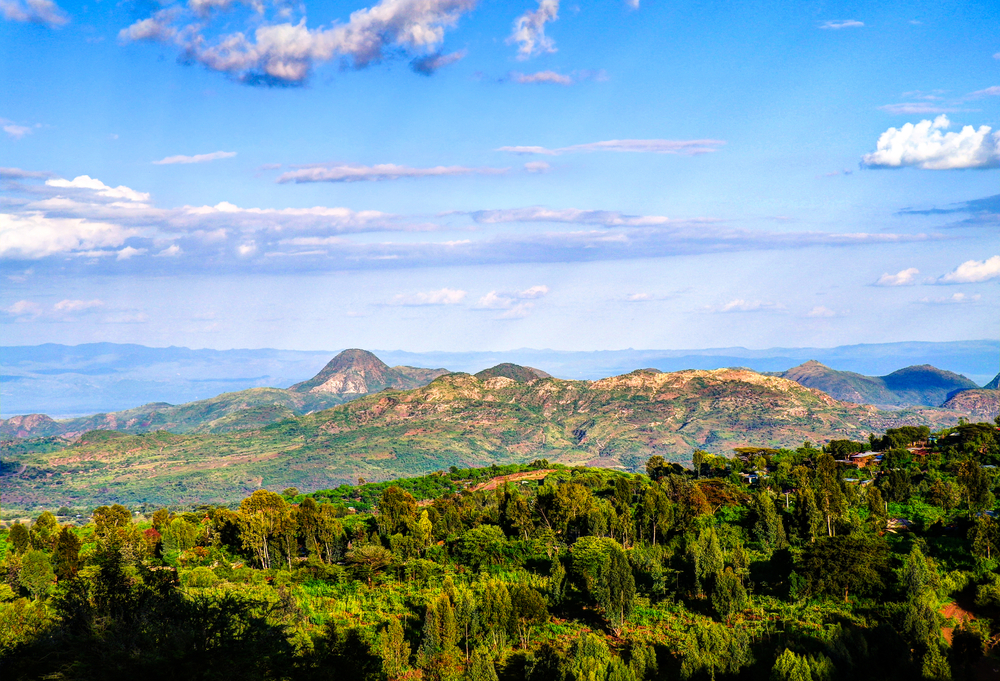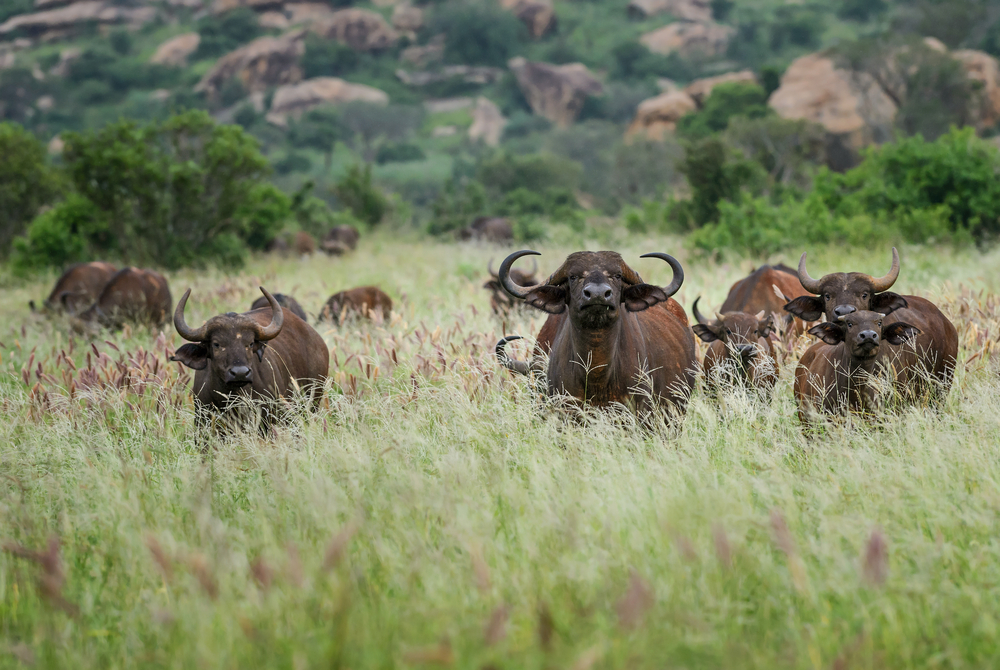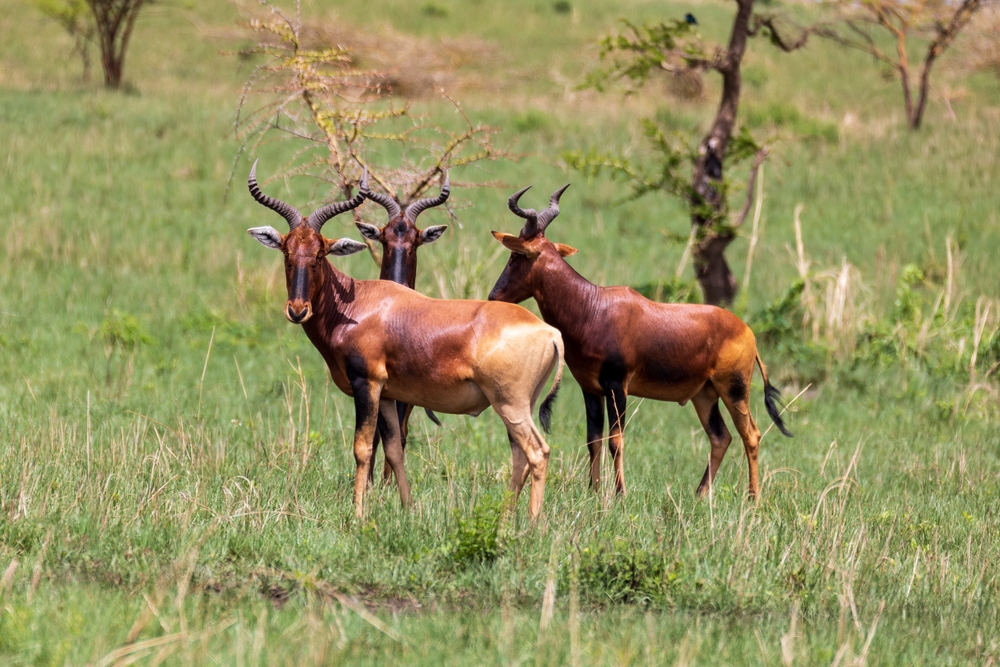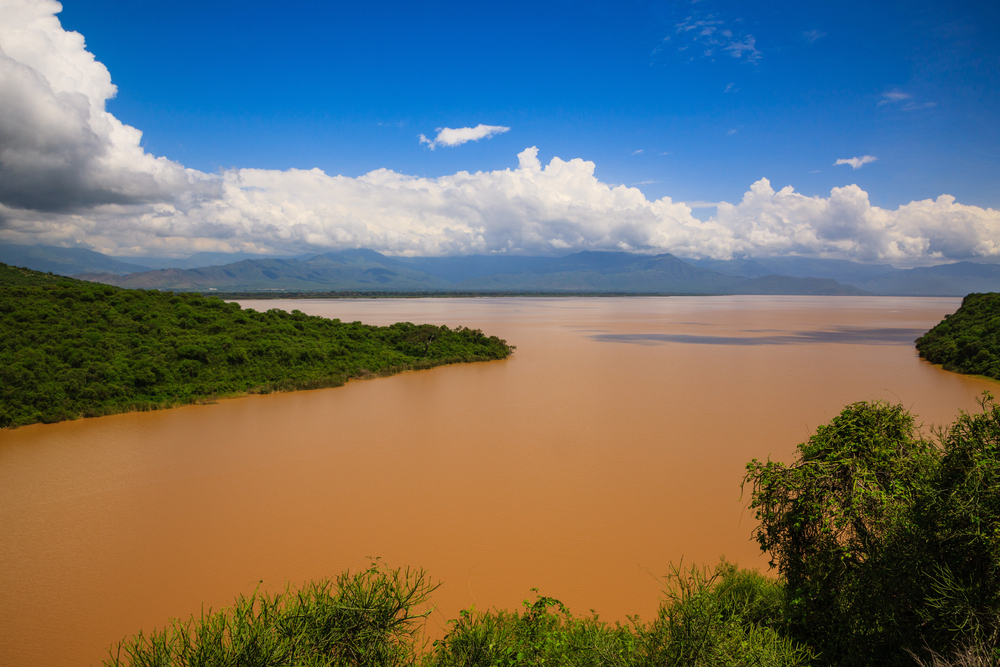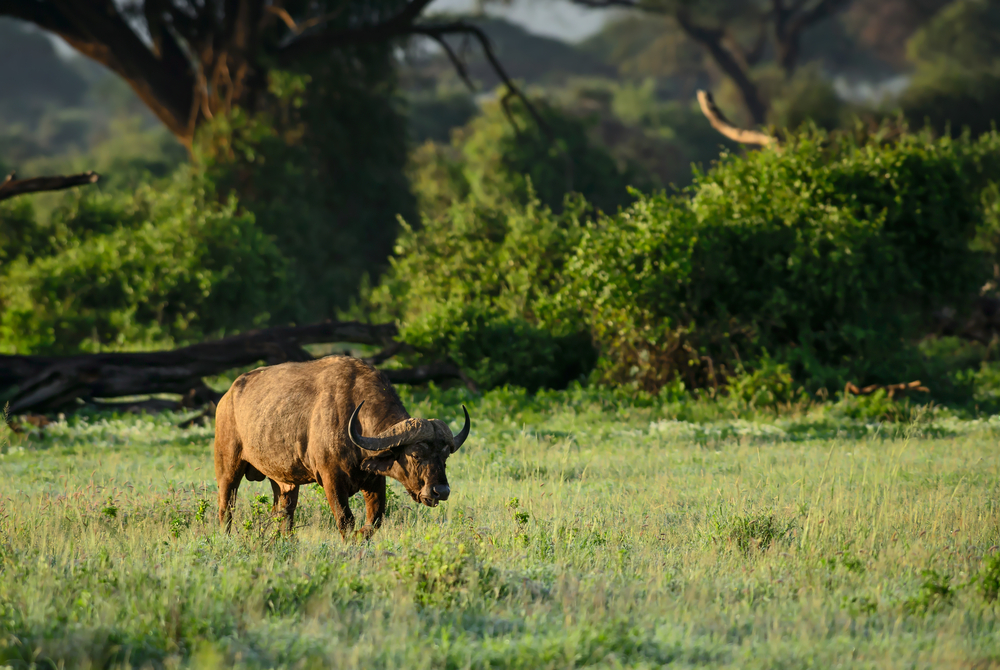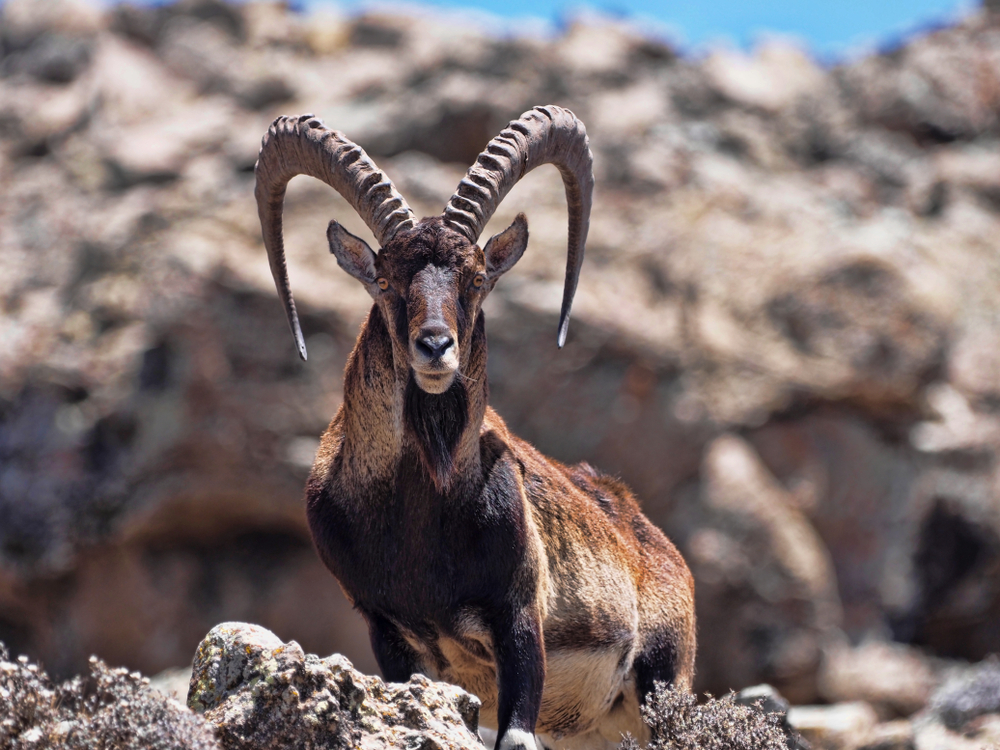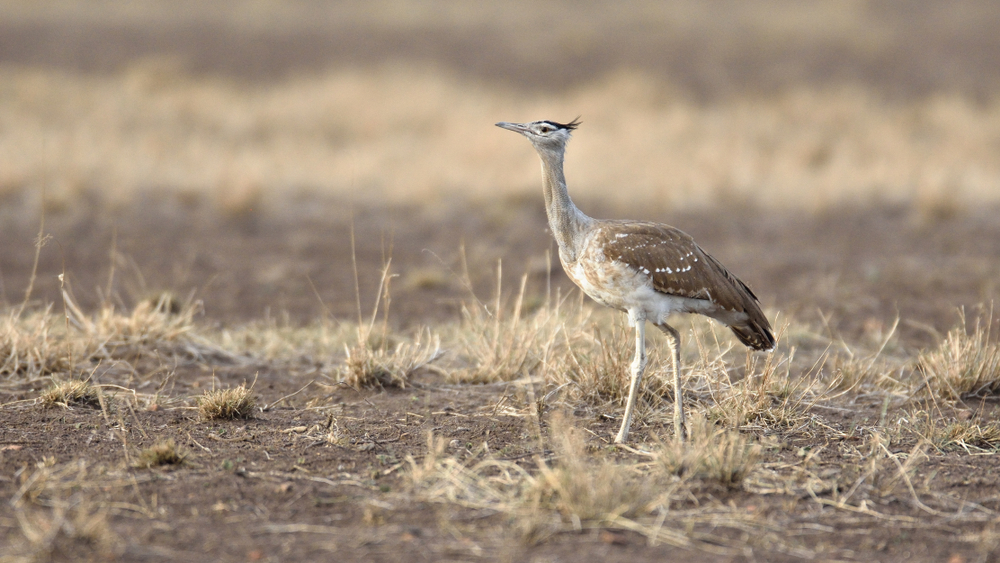Ethiopia is a land of remarkable ecological diversity, boasting dramatic landscapes ranging from towering mountains to arid deserts, and hosting an extraordinary variety of flora and fauna. Its national parks are a testament to the country’s rich natural heritage, offering unparalleled opportunities to experience unique ecosystems, endemic species, and stunning scenery. These parks play a crucial role in conserving Ethiopia’s biodiversity while providing spaces for sustainable tourism and cultural engagement.
Among Ethiopia’s national parks, Simien Mountains National Park stands as a global icon. A UNESCO World Heritage Site, it is renowned for its jagged mountain peaks, deep valleys, and sheer cliffs. The park is home to a variety of endemic species, including the Ethiopian wolf, the Gelada baboon, and the Walia ibex. Visitors are drawn to its trekking trails, which offer breathtaking vistas and opportunities to observe wildlife in their natural habitats. Simien Mountains is a haven for nature enthusiasts and adventurers alike.
Bale Mountains National Park, another gem, offers a contrasting highland ecosystem dominated by alpine moorlands, dense forests, and expansive grasslands. It is a sanctuary for the Ethiopian wolf, the world’s rarest canid, and hosts the mountain nyala, Menelik’s bushbuck, and giant molerats. The park also provides vital water resources for the region, feeding numerous rivers and supporting diverse life forms. Its unique habitats attract both wildlife enthusiasts and birdwatchers, as it is home to many endemic and migratory bird species.
In southern Ethiopia, Nechisar National Park offers a blend of savannahs, acacia woodlands, and the picturesque Rift Valley lakes of Abaya and Chamo. The park is known for its “Nechisar Plains,” where herds of Grant’s gazelles roam, alongside zebras and other grazers. The lakes are teeming with Nile crocodiles, hippos, and a variety of fish species, making them a hotspot for aquatic wildlife. The park’s landscapes are equally captivating, with rolling grasslands and the dramatic escarpments of the Rift Valley.
Awash National Park, one of the oldest national parks in Ethiopia, is located in the semi-arid lowlands of the Rift Valley. It features diverse habitats, including hot springs, acacia savannahs, and the Awash River gorge. The park supports a variety of wildlife, such as oryx, kudus, and warthogs, as well as a wide array of bird species. Its proximity to Addis Ababa makes it an accessible destination for visitors seeking a blend of wildlife, scenic beauty, and cultural experiences.
Together, these national parks showcase Ethiopia’s commitment to preserving its natural wonders. They serve as vital ecological reserves and destinations where visitors can immerse themselves in the country’s breathtaking landscapes and unparalleled biodiversity. Whether trekking through highlands, exploring savannahs, or experiencing Rift Valley lakes, Ethiopia’s national parks offer unforgettable adventures.










































































